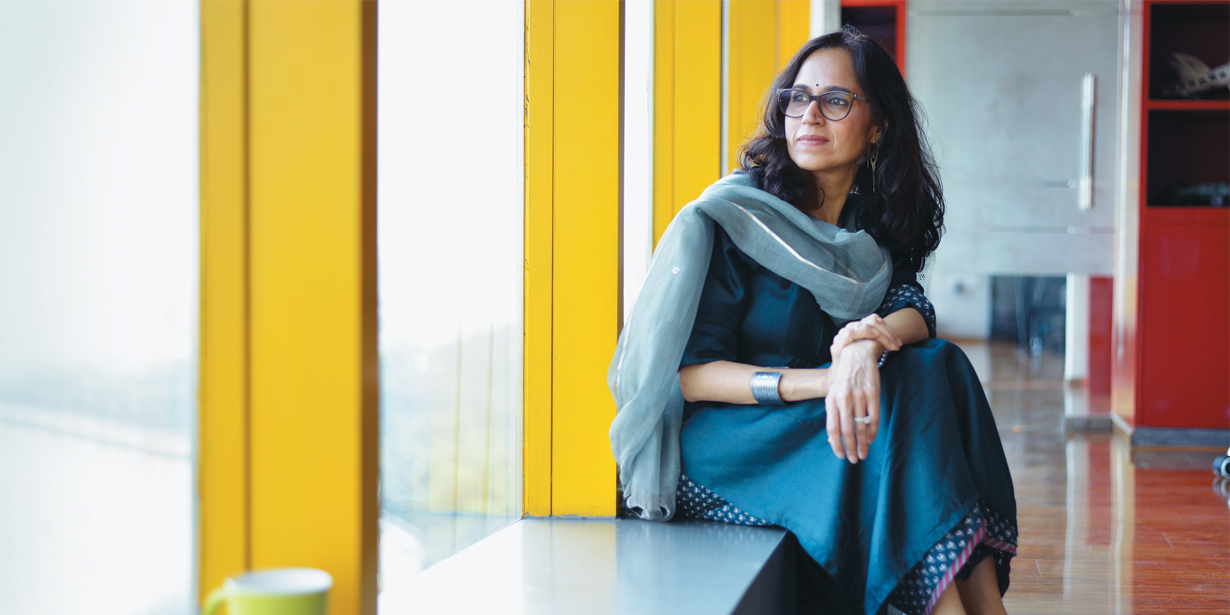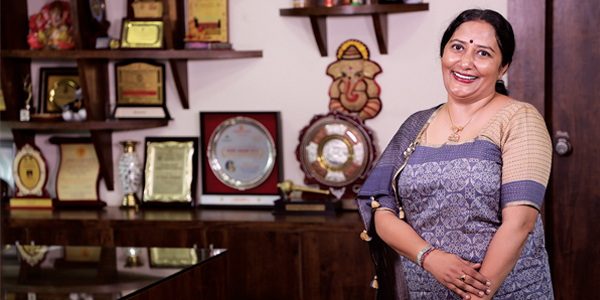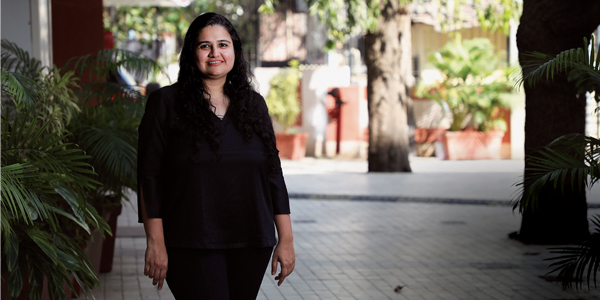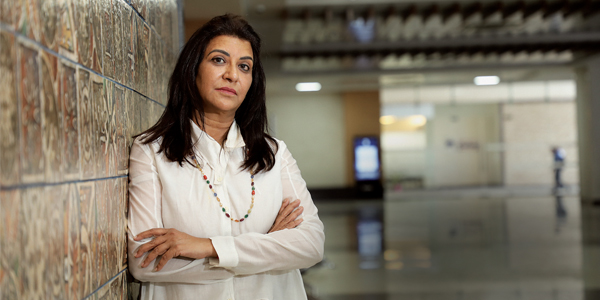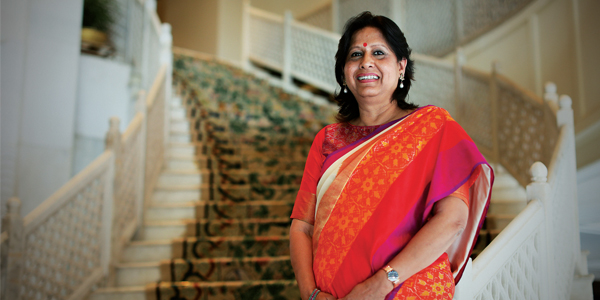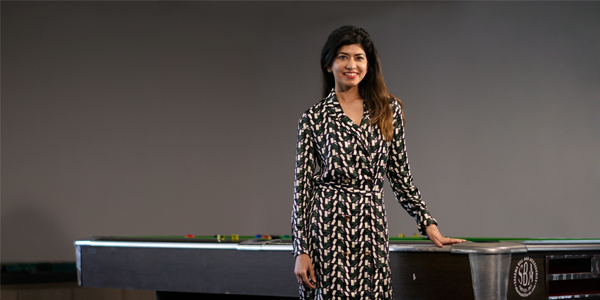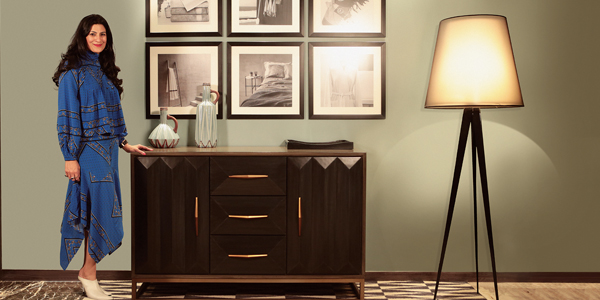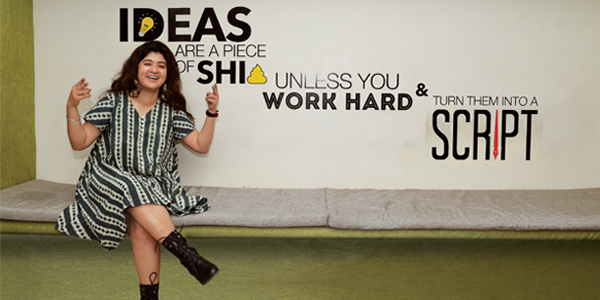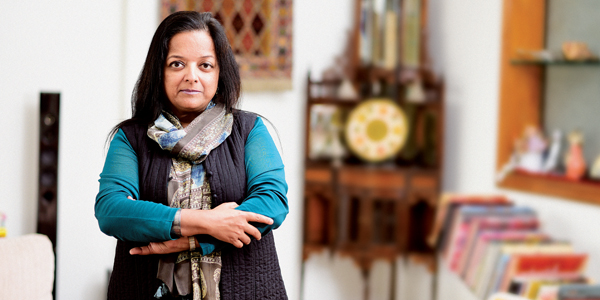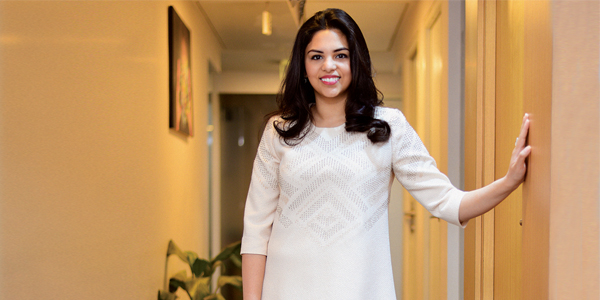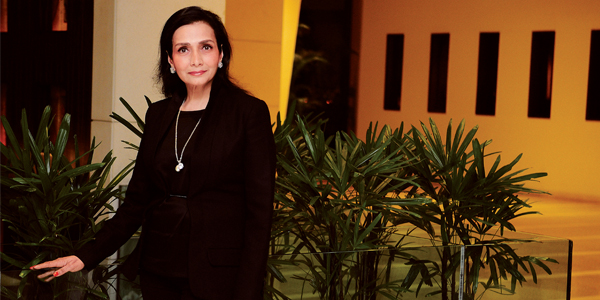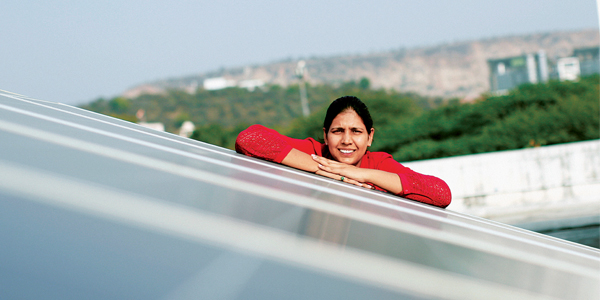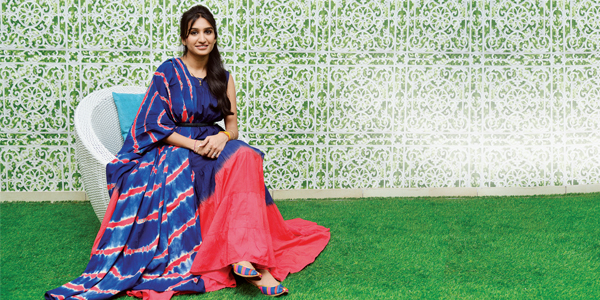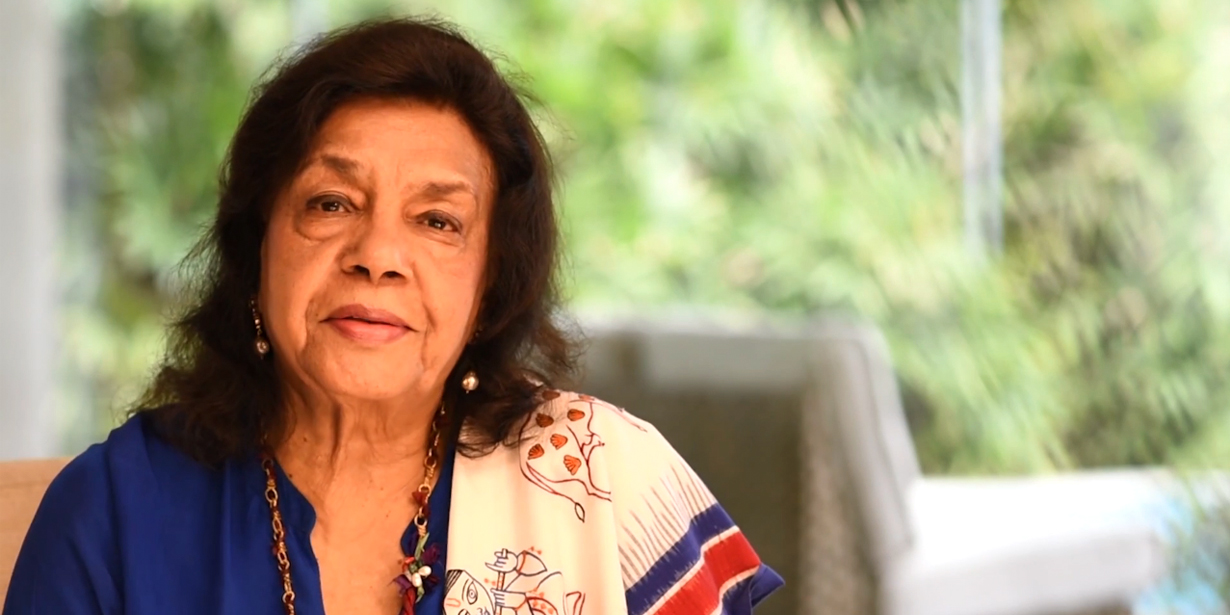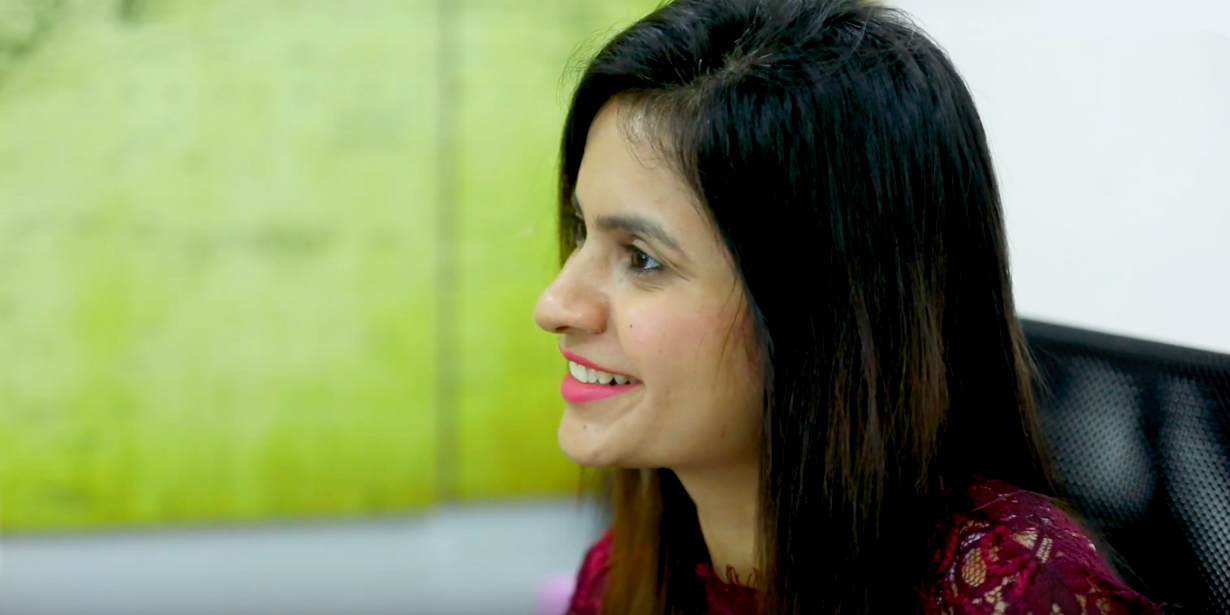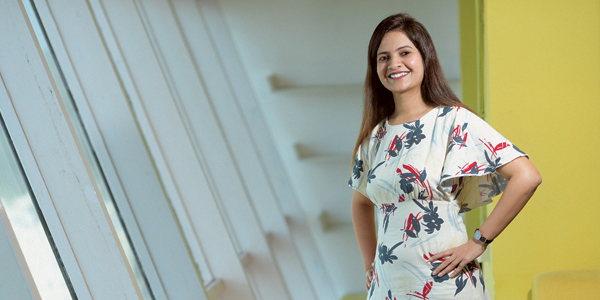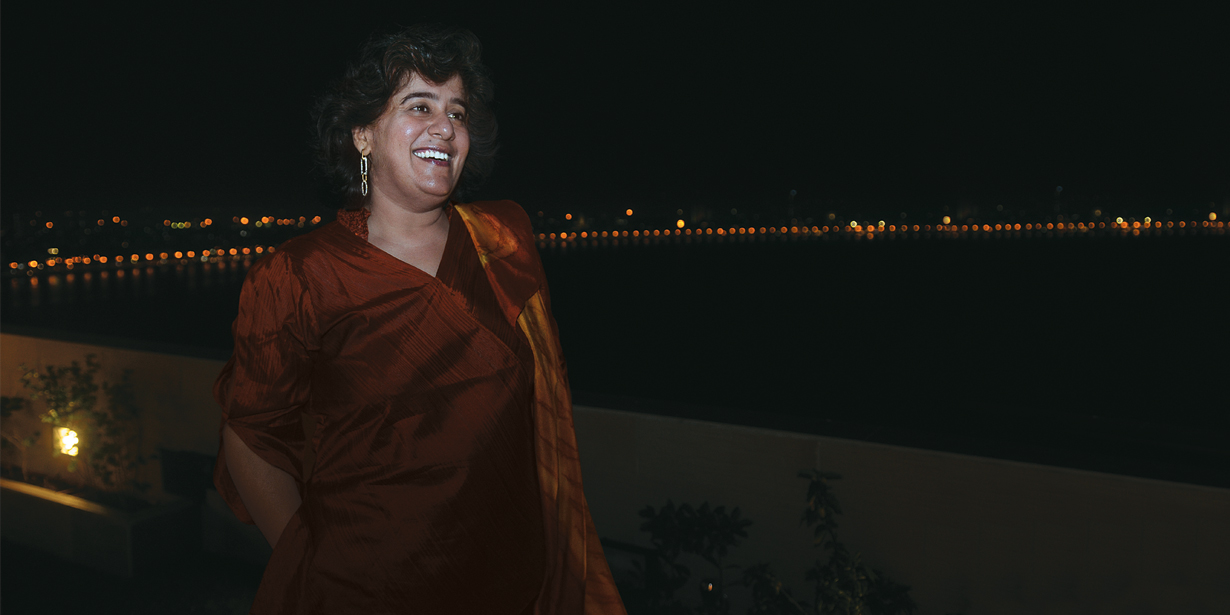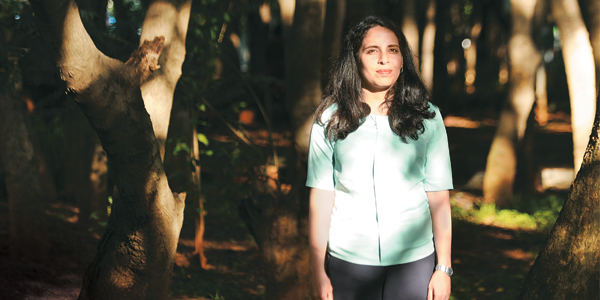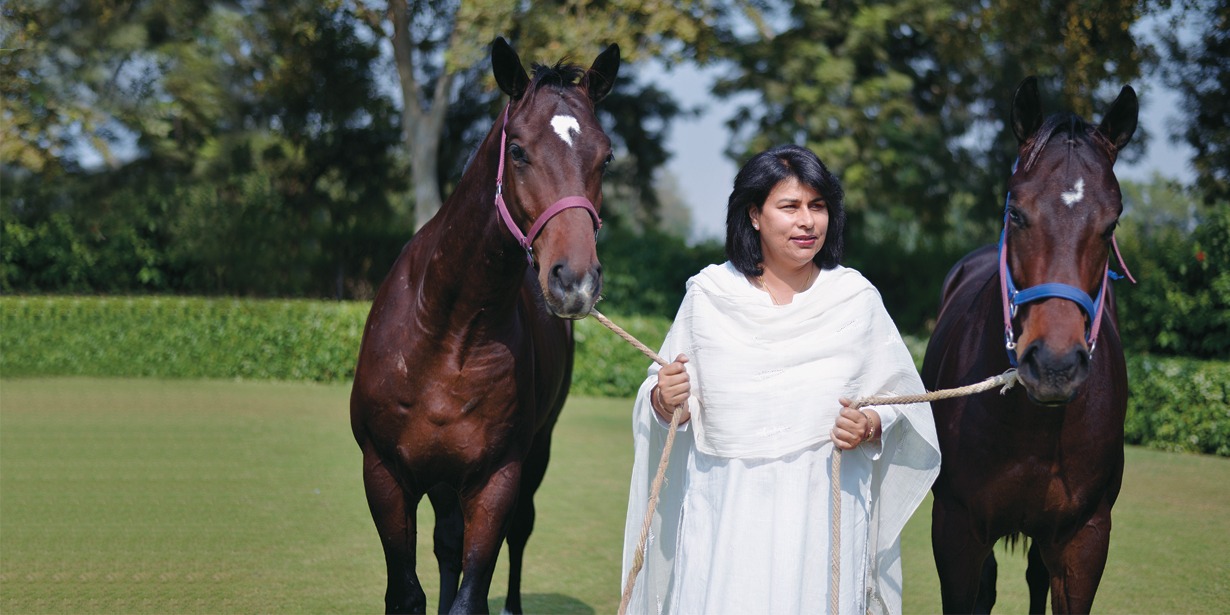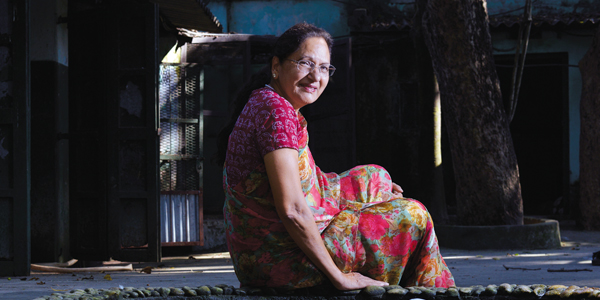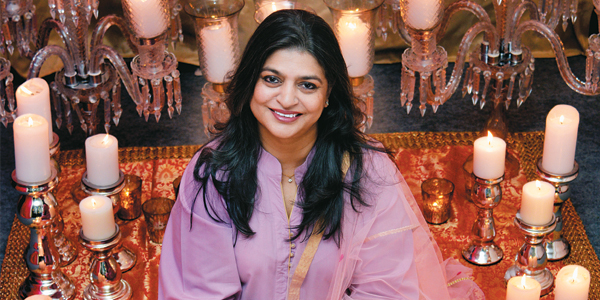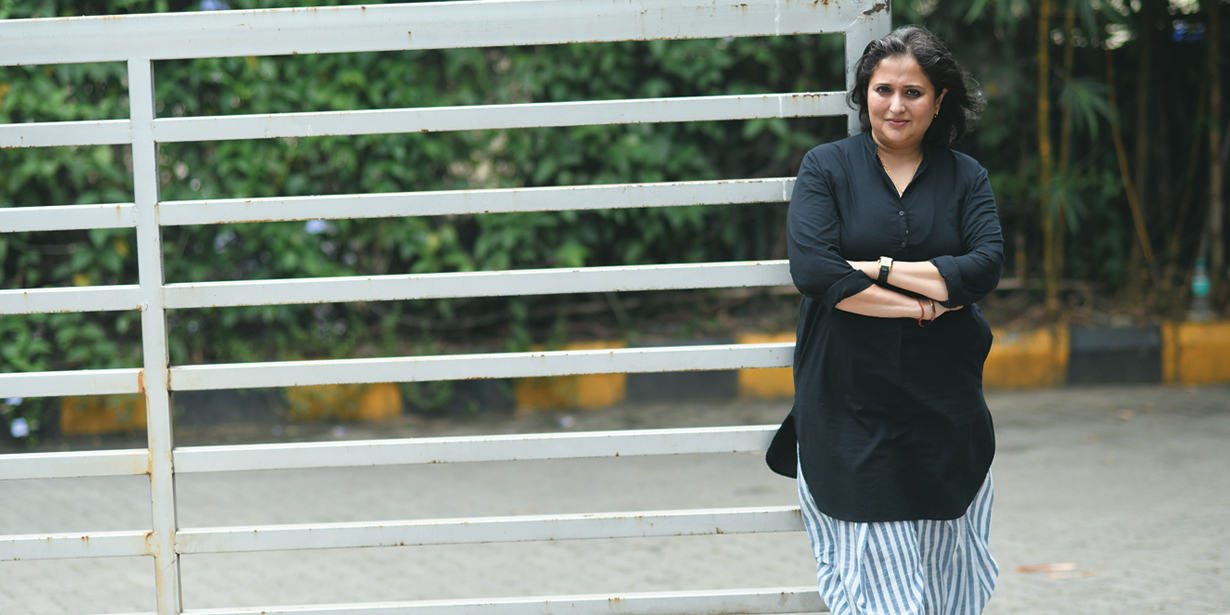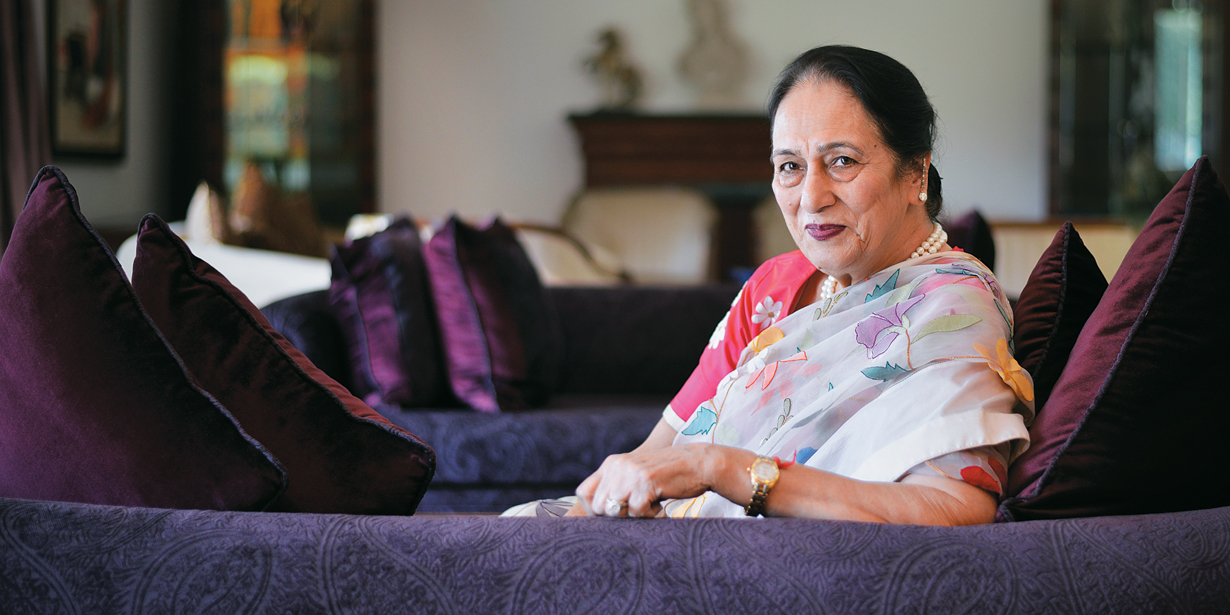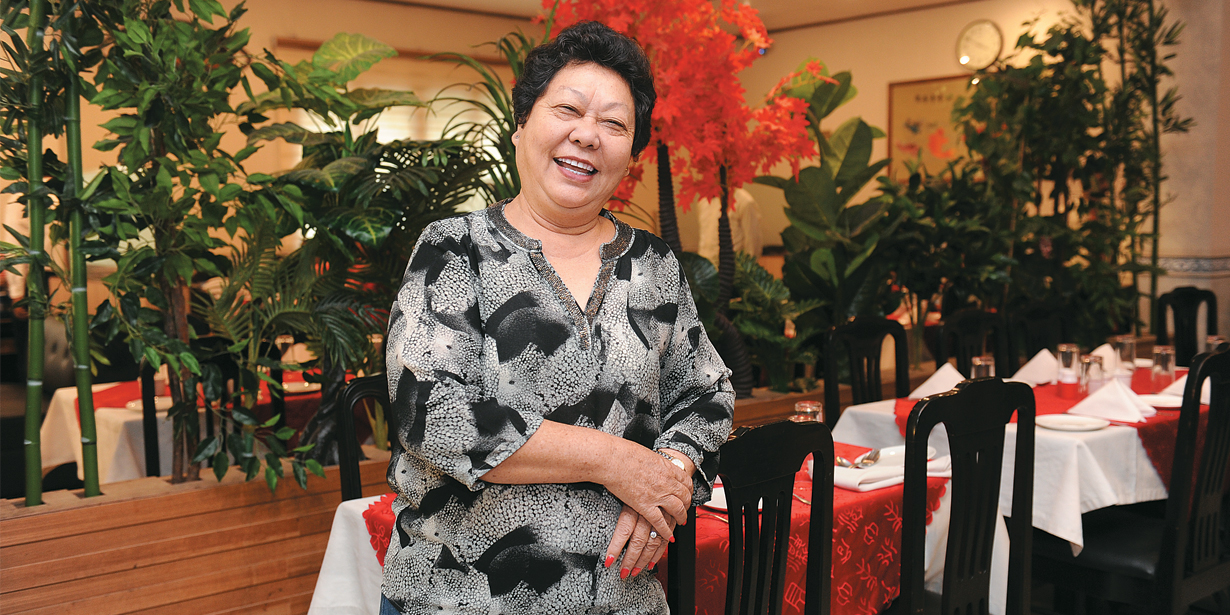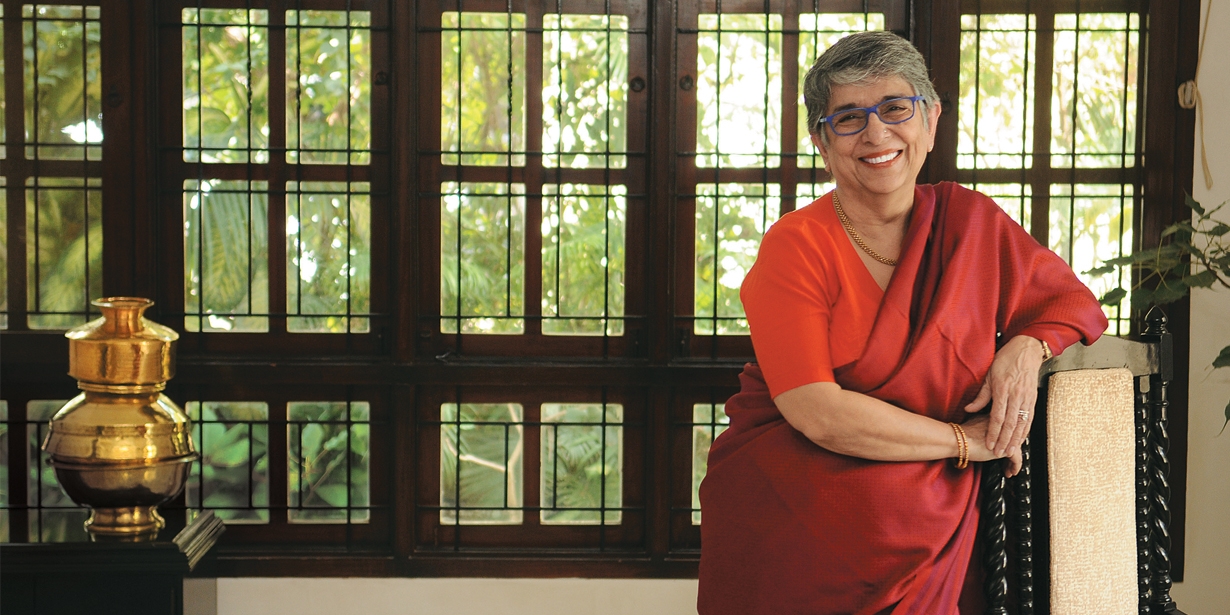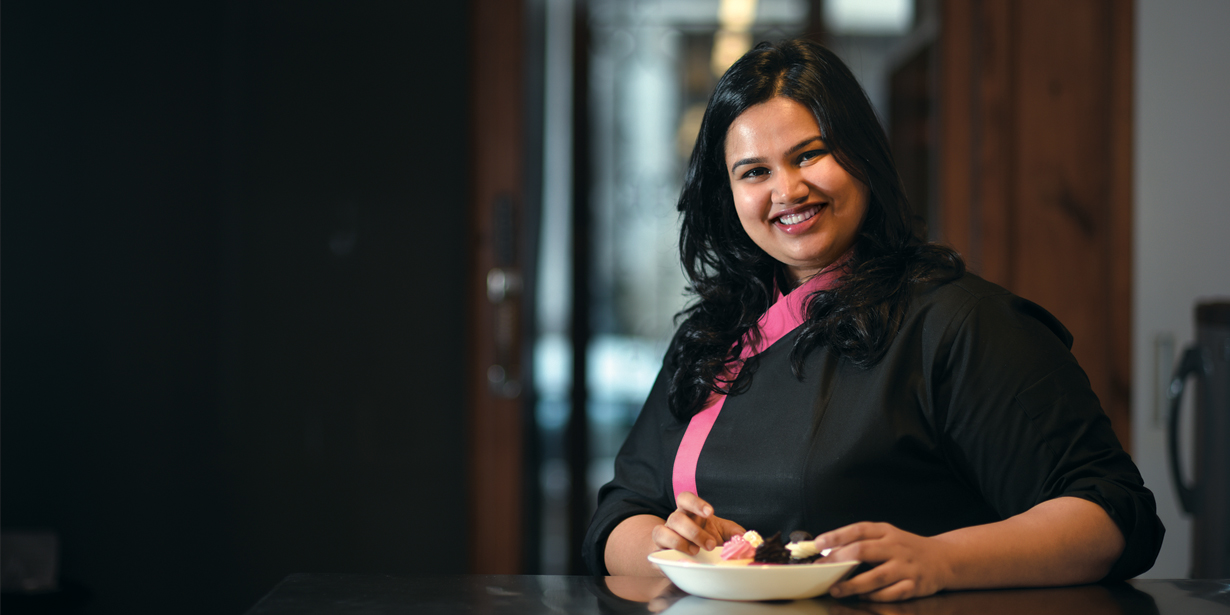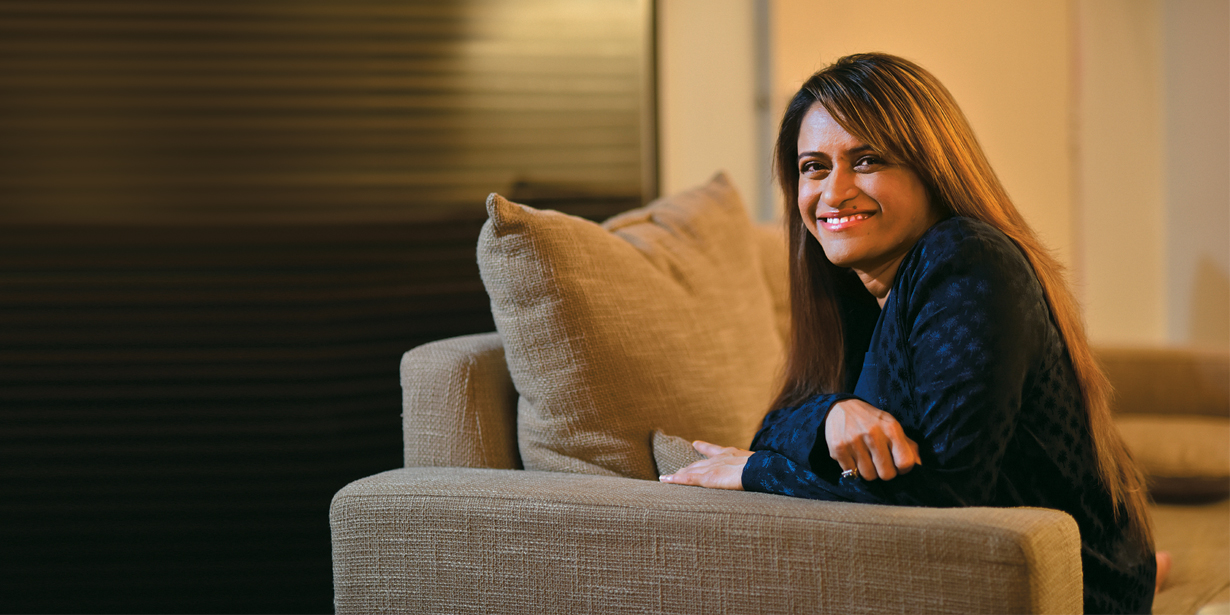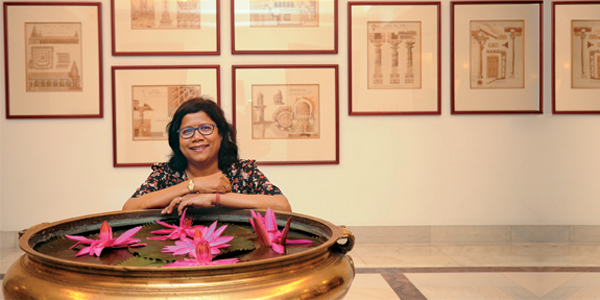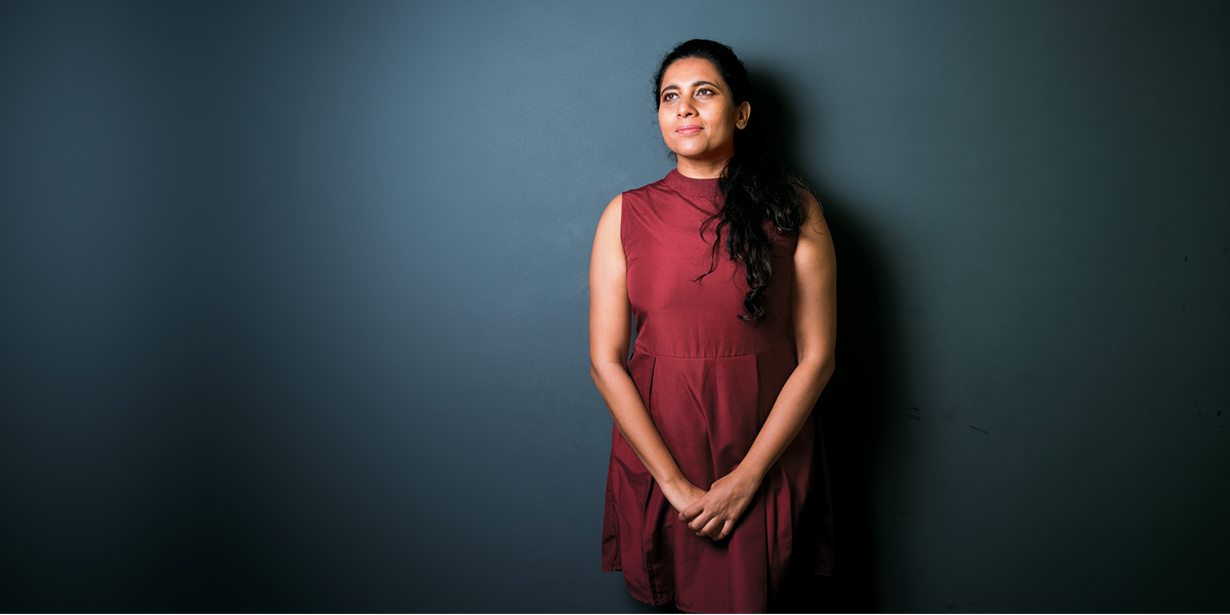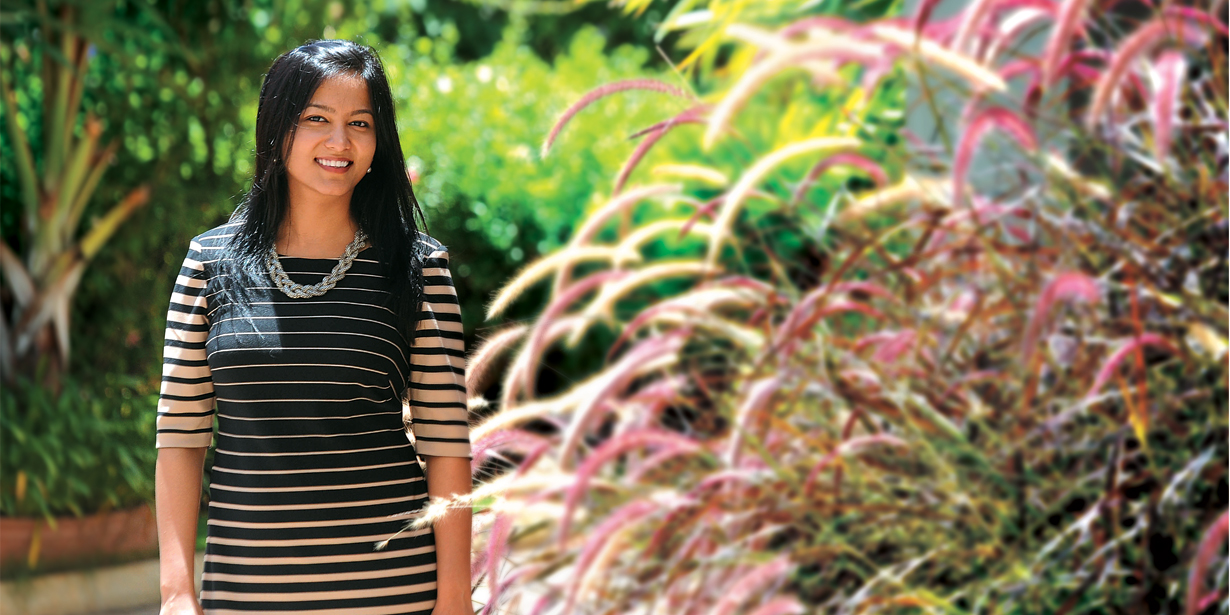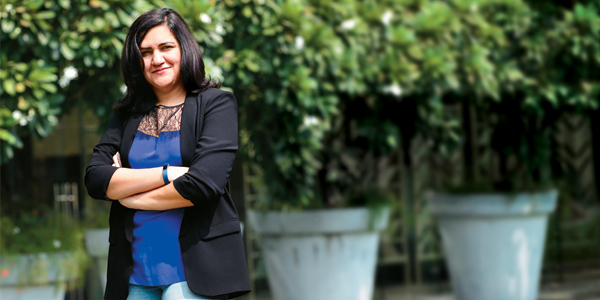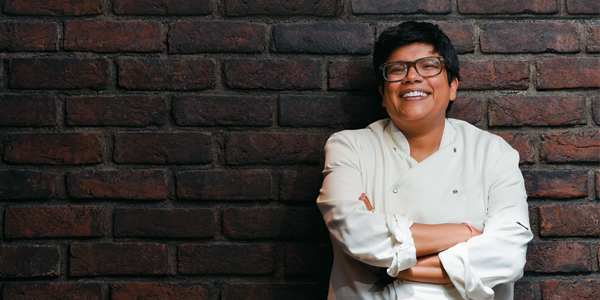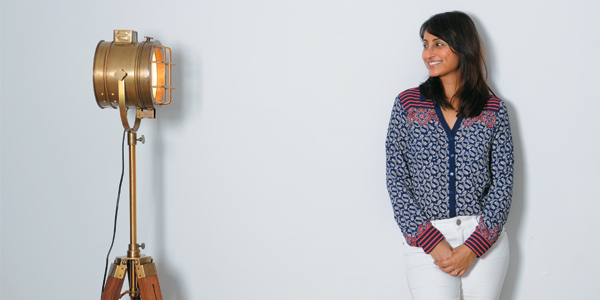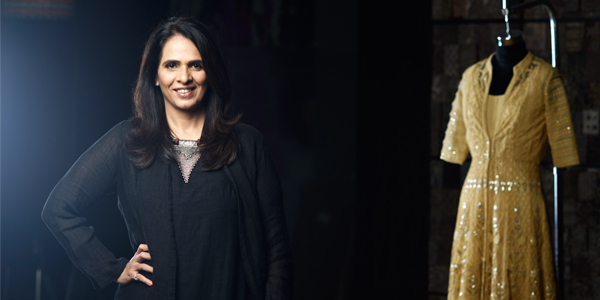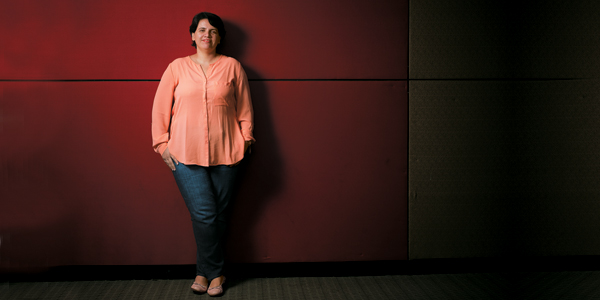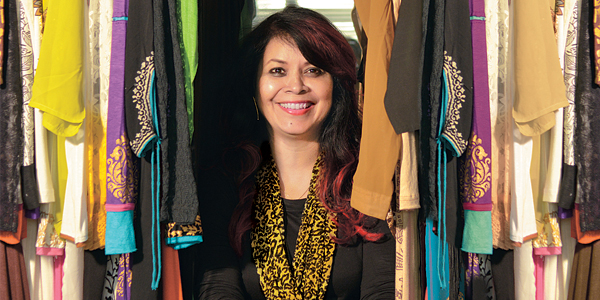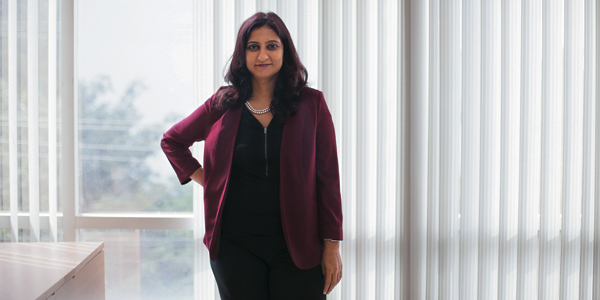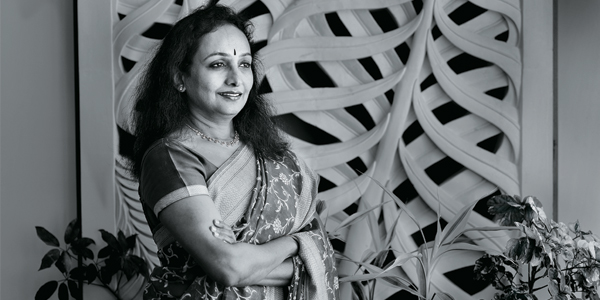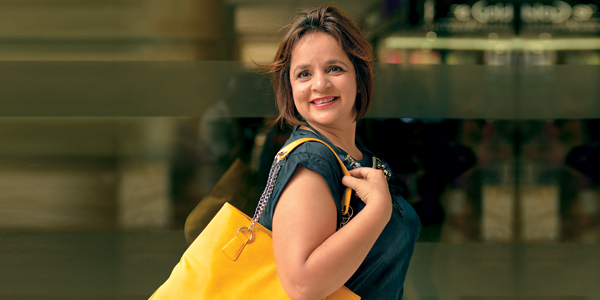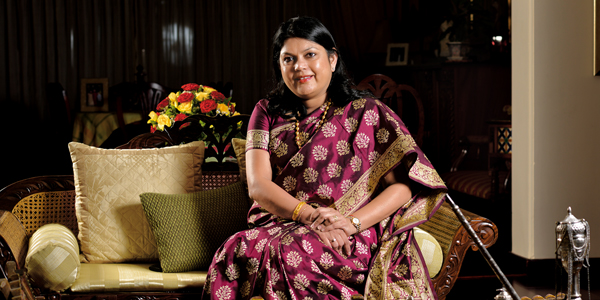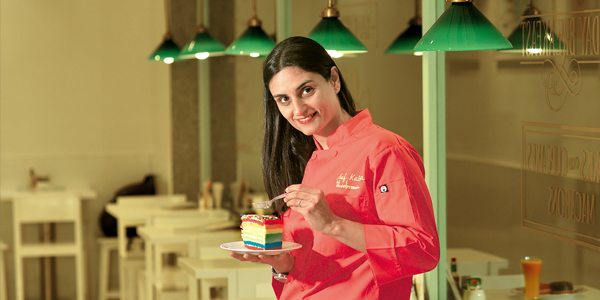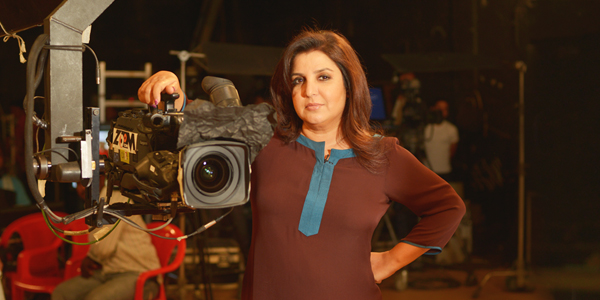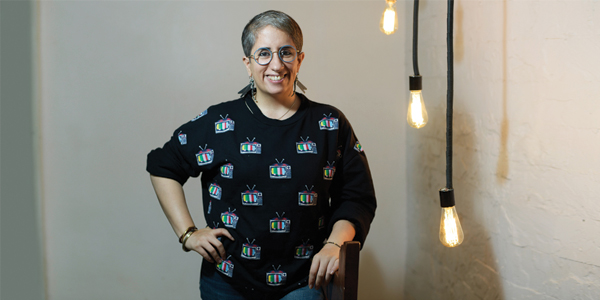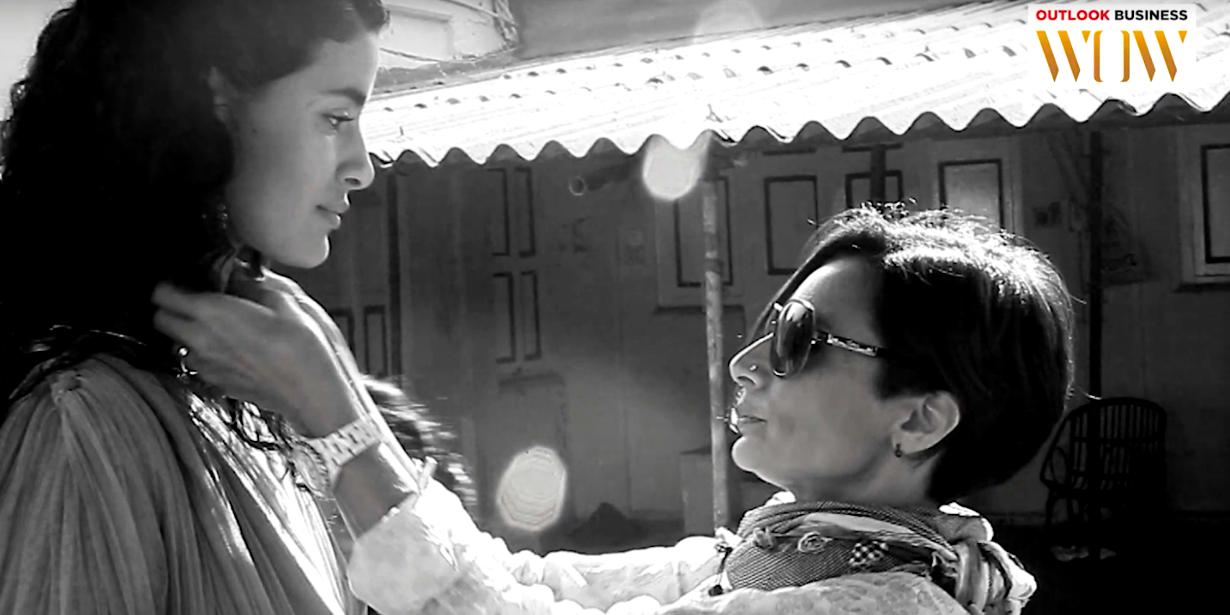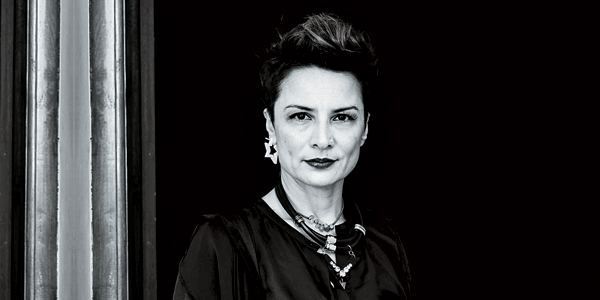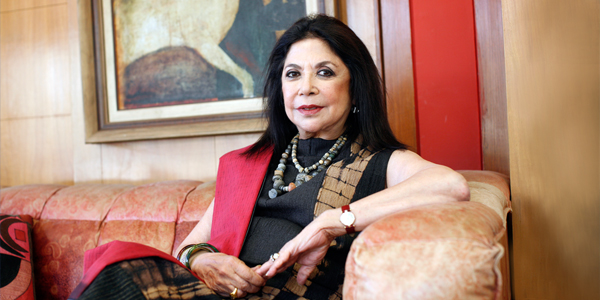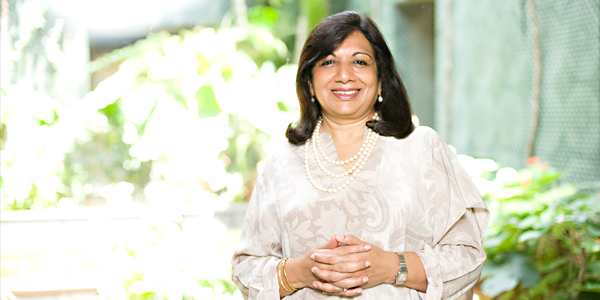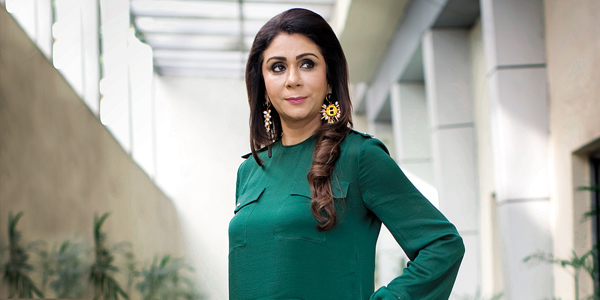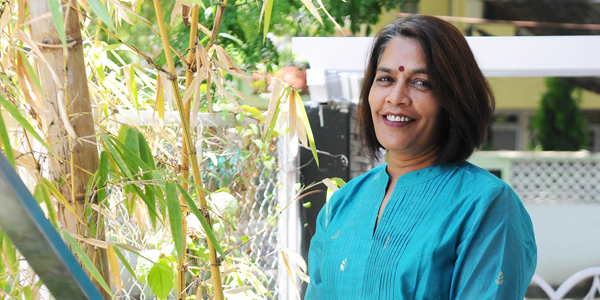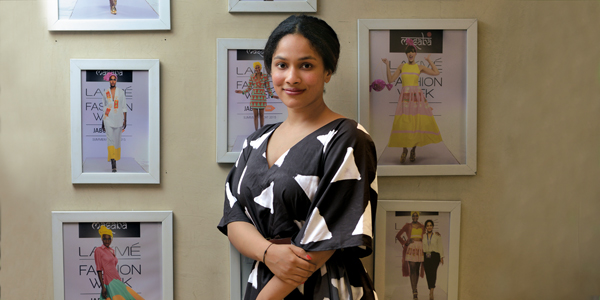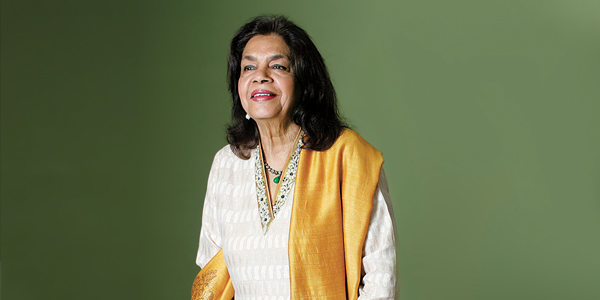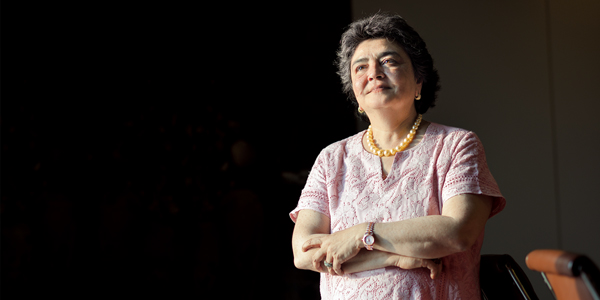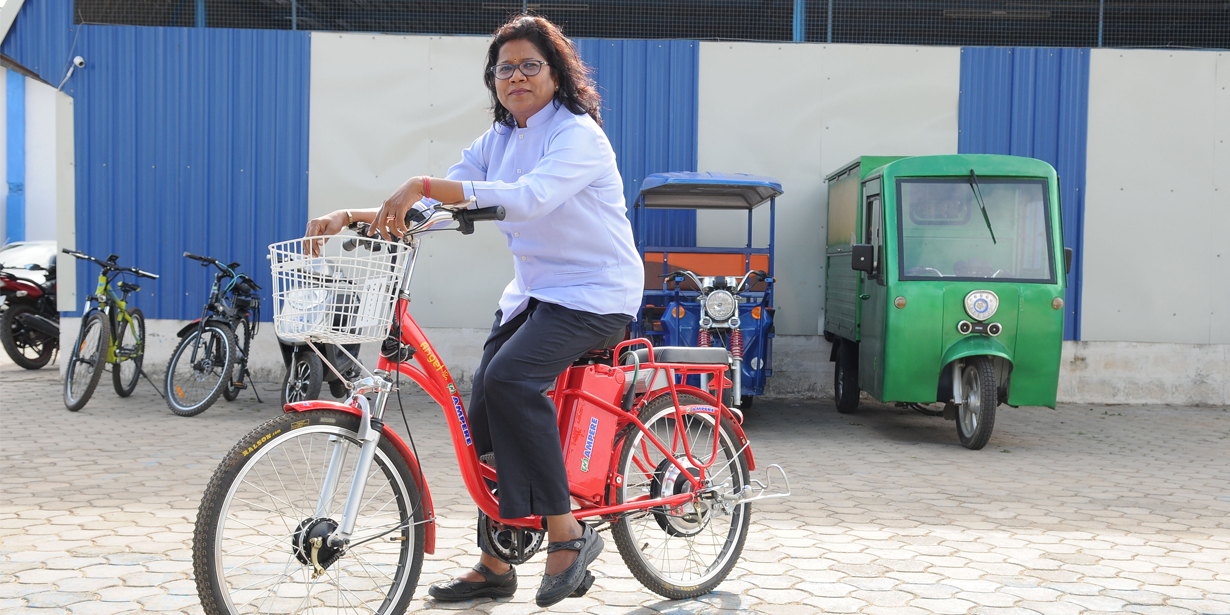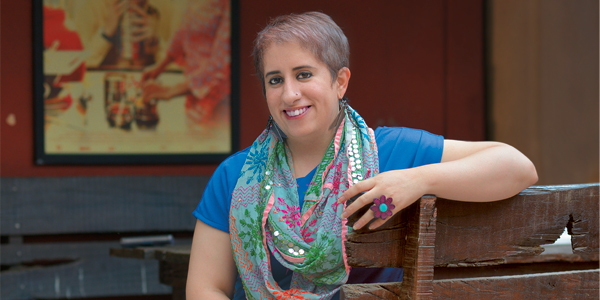A legacy with not one but two news juggernauts: the media baroness behind Network18 and The Quint, Ritu Kapur
50-year-old Ritu Kapur is more just the co-founder of The Quint, she is its life and soul – something which is especially impressive, as only a few years back, she knew zilch about the digital world.
The Quint’s newsroom on the eighth floor of BGR Towers in Noida is brimming with energy. The youthfulness is quite palpable — scattered bean bags, funky wall decors, colours thrown everywhere. A very young editorial crowd is busy at their desks, which are placed in a zigzag arrangement. Some can be spied in the conference hall shooting a news video on a mobile phone. Scurrying amidst all this is a 50-year-old full of vigour and enthusiasm. She is the kind who worries about running out of tissue papers in the cafeteria and creating different types of news content at the same time. She loves re-decorating spaces, and The Quint’s office design bears her signature. But Ritu Kapur is more than all that. She is not the just the co-founder of The Quint, she is its life and soul.
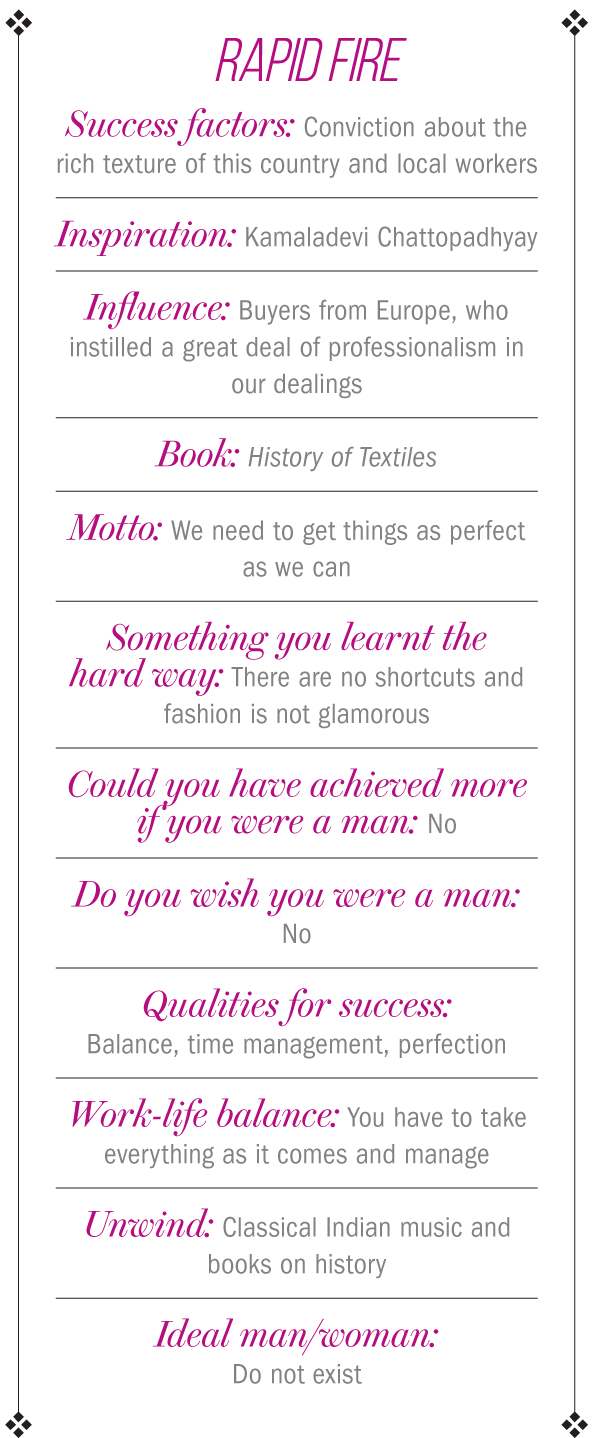 “The entire team meets here every morning,” she tells me in the conference room. “It’s a very exciting and inspiring affair. Sometimes the most brilliant ideas come from the most junior employees because their thinking is fresh,” she adds. Every word she utters is imbued with her excitement about being part of the digital news world. Things have clearly changed a lot for Kapur who, only a few years back, knew zilch about the digital world.
“The entire team meets here every morning,” she tells me in the conference room. “It’s a very exciting and inspiring affair. Sometimes the most brilliant ideas come from the most junior employees because their thinking is fresh,” she adds. Every word she utters is imbued with her excitement about being part of the digital news world. Things have clearly changed a lot for Kapur who, only a few years back, knew zilch about the digital world.
Broadcast journey
Kapur was one of the founding members of Network18 in 1992. She secured a Masters in Film and TV production from MCRC at Jamia Millia Islamia University, and moved from reporting to producing, programming, ideating and leading a team. She started off on a high note producing The India Show, India’s first local production on a satellite channel, Star Plus. In 1995, she started directing and writing screenplays for the docu-drama series Bhanwar, where she worked with actors like Vijay Raaz and Deepak Dobriyal. At one point in time, the show was one of the highest rated, garnering TRPs of 11 and 12.
Around the same time, she gave birth to her first child, a daughter. Although she leaned more towards directing, she also wanted to spend more time with her child. As a compromise, she turned to writing screenplays, something that allowed her to work from home. “Spending time with my babies was something I chose to do, and I feel you shouldn’t be defined by who you are at work alone,” she is quick to add, lest it comes across that her career was affected because of motherhood. “It needs to be defined more holistically. I would have hated it if I didn’t have the memory bank that I do of my children as babies,” she adds. After her daughter turned two, Kapur went back to being a director.
When Network18 launched CNN IBN in 2005, Kapur became its features editor. She recounts the frenzy that came with pushing the channel’s launch a month before it was slated, just to beat a competitor to the finish line. In 2008, she pioneered a show named CJ (Citizen Journalist) Show, aimed at democratising news by allowing the viewers to contribute news content using their mobile phones. The show provided Kapur a glimpse of the direction towards which news seemed to be heading. “There was so much content coming to us from the readers through their mobile phones. I realised that it was all going to go digital because people were participating now. It was no longer passive consumption of content. I didn’t understand much of digital then. But the story was clear to me,” she says.
Going digital
A few years down the line, in 2014, she was still with Network18 but increasingly in a ‘been there, done that’ mode. When Reliance Industries took over the media company, Kapur and her husband Raghav Bahl exited with their kitty fatter by around Rs.700 crore. After a career in media and content spanning 23 years, she couldn’t think of being in any other field. Certain that digital was the future of news and content creation, the couple decided to take a slightly different track with their new venture. They visited several newsrooms in the US to understand what was happening at the cutting edge of digital content creation, and discovered that it was all smartphones, interactive technology and multimedia. They were advised not to work with off-the-shelf content management systems (CMS) since it would turn clunky once the production became more mobile-oriented. So, a tech team named Quintype was put together to figure things out under Amit Rathore. Quintype has since gone on to become an independent data-driven publishing company where Kapur and Bahl have a majority stake.
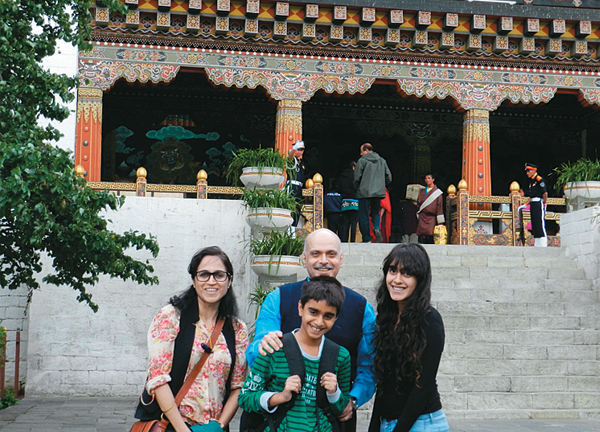
For Kapur, one of the biggest challenges was to unlearn what she had learnt over the years as a broadcaster. The news vocabulary was vastly different now, and smaller screens and a young audience needed to be kept in mind while creating content. Her cluelessness about the way design worked for digital resulted in quite a few mistakes on the user interface and user experience front. Fortunately, funding wasn’t a challenge because the exit from Network18 had left them with enough capital. Even as the tech team was still figuring out the CMS, the content that was being created by the editorial team needed to be put out somewhere. So the team launched their site on Facebook. This helped a great deal in gaining a good reach early on, and understanding what sort of content was being consumed. The Quint built on this. “When we started out, 80% of our traffic came from social media, though now, it’s less than 20%. But we were able to use social media platforms to build our brand, use it as our megaphones, as our distribution network to say we are here and we mean to do good quality content,” Kapur says.
She was familiar with certain aspects of entrepreneurship such as setting up a team, leading, strategising every day for content and product. It was not easy, but it was clear to her that if she were to set up something new, she better be in the driver’s seat. “I can’t just come in the morning, sail through and say I have a really good idea for a story today. When you are building up a product from scratch, that’s not an option. You are thrown into it. I’m still learning as I’m trying to do the job,” she says candidly.
The Quint, which started with an initial team of 15 in 2014, has around 180 people working for it today across New Delhi, Mumbai, Chennai, Bengaluru, and Lucknow, and is trying to set up bureaus in more cities across India. During its early days, The Quint saw people leaving the security of their jobs to join a company which was nothing more than ‘Raghav and Ritu’ at the time. There was nothing in the duo’s track record to prove they could be great digital content entrepreneurs. But the initial team that came together with so much spirit and confidence egged her on and changed her way of looking at things dramatically.
Network effect
On top of this was the immense support she received from her family. “When I leave in the morning, I have no idea how the house is being run, but I come back home expecting dinner on the table. I have a very supportive family not just in terms of taking a lot of responsibilities away from me, but also in constantly encouraging me. In that sense I’m possibly unfortunately a minority among women entrepreneurs,” says Kapur. While Bahl helped in terms of getting acquainted with business strategies, his mother took charge of the house and never demanded that her bahu stay at home for the kids. Her kids even helped her grapple with the sense of loss after sailing out of Network18. The support-system combined with Kapur’s ability to multitask and her drive to be on top of what was happening in the digital news world made sure The Quint held its ground. “Wild horses can’t get me to do broadcasting now,” she laughs.
So, Network18 or The Quint – which is dearer? “The Quint,” pat comes her response without batting an eyelid. “But maybe because of the recency effect. I feel like the highs that I have felt at The Quint are much greater than those I felt at Network18. The kind of camaraderie and spirit we feel when the whole team comes together is special. I think at Network18 we were a little scattered and too large a team to experience that,” she says.
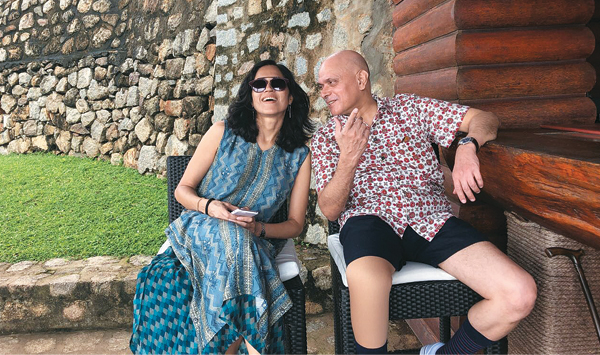
In fact, there came a point when Network18 had grown very big and 85% of its management were men. Although not by design, making her opinions count became a little difficult since she was part of the content team and not the management. But she blames herself and her self-effacing nature for it. As she grew in her experience and career, the trait became self-defeating. She didn’t tackle it at Network18, but at The Quint, however, the change was inevitable since she was leading from the front. “There was always a sense of under-confidence I had, that made me think that guys who spoke assertively knew better than I did. My God, what a misnomer that was! I discovered that a little too late, but I think women should realise that they often have a better handle on things than others,” she points out with a laugh.
Today, Quint Neon (Quint’s Buzzfeed-like initiative which focuses on gender, satire, food, culture and so on) is faring well and its Hindi platform has been growing fast, too. Be it a small town or a metro, Kapur feels the youth look for quality content. So, she has set her focus on capturing and reflecting their thoughts, voices and aspirations cutting across geographies. It’s definitely a lot more frenetic than television since there is so much to keep up with while just processing the news and the different digital narrative formats. But Kapur is game for all that and more. For now, wild horses can’t stop her from conquering the digital world.
